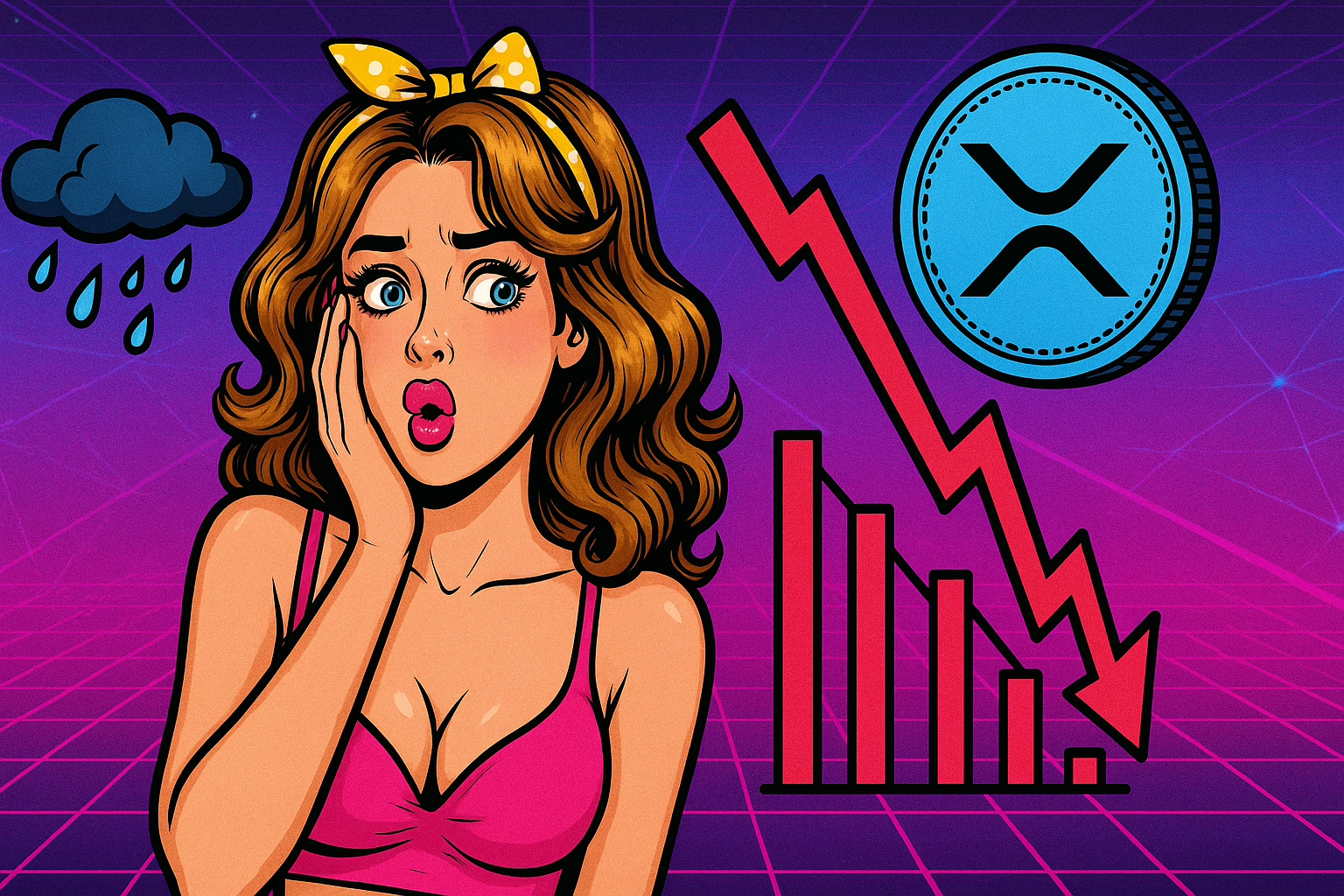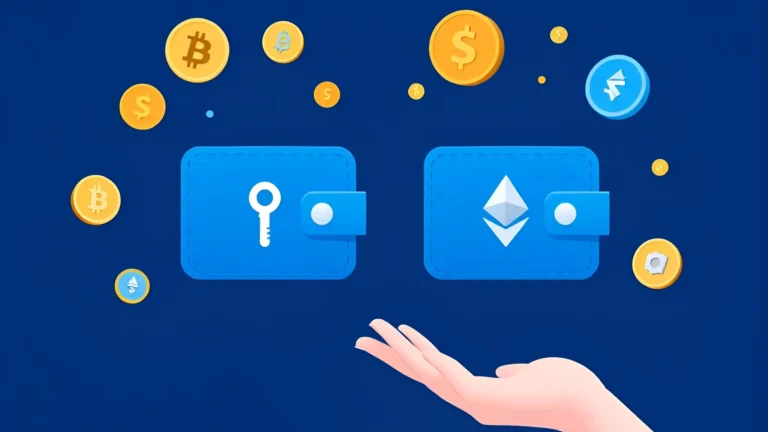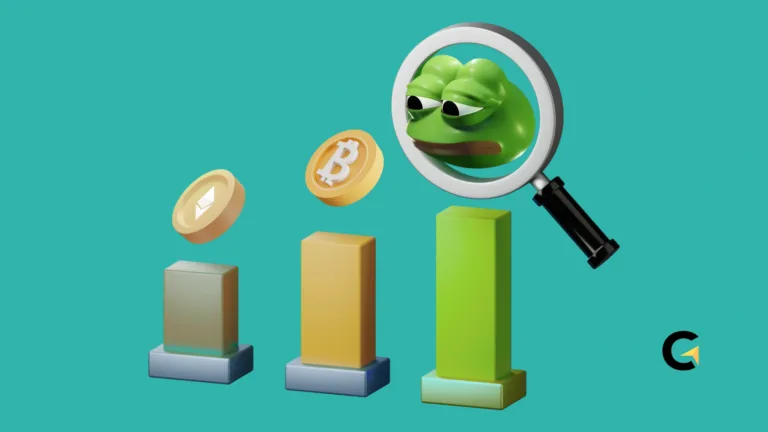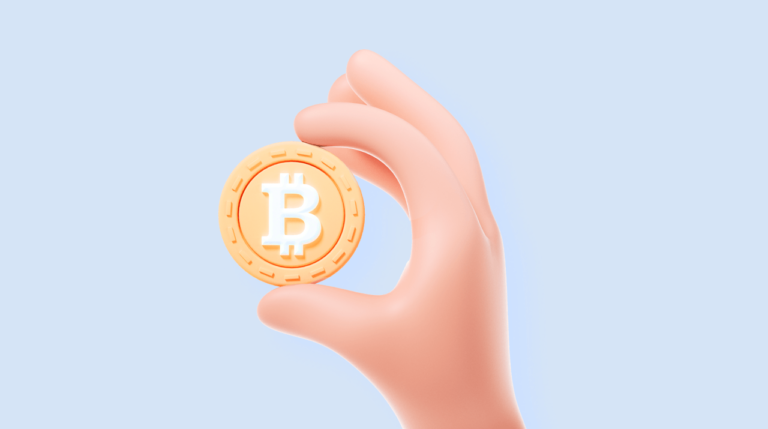7 Main Reasons Behind XRP’s Price Drop
The crypto market is like a roller coaster—thrilling, unpredictable, and sometimes downright nerve-wracking. One of the coins that always stirs conversation is XRP, the native token of the XRP Ledger.
On paper, XRP has massive potential: it’s built to make cross-border payments faster and cheaper.
But in reality? The price often struggles to stay up, weighed down by various market pressures.
So instead of blindly riding the FOMO wave or panic selling every dip, let’s break down the seven key factors behind XRP’s price drops.
Quick Facts You Need to Know
Hide-
Regulatory Uncertainty: Ongoing legal battles between Ripple and U.S. authorities continue to scare off investors.
-
Falling Network Activity: Lower daily active addresses signal weaker liquidity.
-
Profit-Taking Pressure: Traders cash out near resistance, adding selling pressure.
-
Whale Movement: Large XRP holders dumping tokens increases supply and spooks the market.
-
Market Correlation: XRP often mirrors Bitcoin and reacts to global economic sentiment.
-
Bearish Technical Indicators: Patterns like descending triangles confirm bearish momentum.
-
ETF Delays & Institutional Hesitancy: Regulatory delays slow down potential inflows from big players.
We’ll go through them one by one, with sharp insights and language that actually makes sense.
1. The Never-Ending Legal Drama
One word: SEC.
Ripple Labs (the company behind XRP) has been stuck in a legal showdown with the U.S. Securities and Exchange Commission since 2020.
The SEC accused Ripple of selling XRP as an unregistered security. Ripple scored a partial legal win, but the fight isn’t over. There are appeals, legal gray areas, and a whole lot of “TBD” on the table.
This uncertainty makes big institutions and crypto platforms hesitant to fully support XRP. As long as its legal status remains in limbo, regulatory risk will keep weighing on the price.
2. Network Activity is Fading
You might think, “If the price looks fine, why worry about the network stats?” But here’s the thing—on-chain data like active wallet addresses and transaction volume give us real signals about how healthy (or unhealthy) a crypto ecosystem is.
Recently, XRP’s daily active addresses have been dropping hard. What does that mean? Lower liquidity, wider bid-ask spreads, and bigger price swings every time someone sells.
In crypto, when fewer people are trading, a single sell-off can shake the whole market. It’s like a deserted marketplace—one panic sale, and the ripple effects (pun intended) are real.
3. Profit-Taking at Resistance Levels
This is a classic crypto move: price goes up a bit, and boom—everyone locks in profits.
XRP has several historical resistance zones it just can’t seem to break. Every time the price edges close, short-term traders start dumping their bags to secure gains.
The result? Fresh selling pressure that sends the price sliding back down before it ever breaks out.
So, XRP ends up stuck in a never-ending loop—bumping up, then dipping back, and repeating the cycle all over again.
4. Whale Moves That Shake the Market
In crypto, we’ve got the “whales”—aka massive wallet holders who can sway the market with just one transaction.
If a whale suddenly sells, say, 200 million XRP, the market feels it instantly. Supply spikes, price tanks, and panic spreads like wildfire.
Data even shows that some of XRP’s sharpest drops were triggered by large-scale transfers from whale wallets to exchanges.
That’s why many traders track whale activity like hawks. When the big players start moving, it’s often a sign that trouble—or volatility—is coming.
5. XRP Still Follows Bitcoin’s Mood Swings
Even though XRP has its own unique use case, its price still heavily depends on Bitcoin and global market sentiment.
If BTC takes a dive because the Fed raises interest rates? XRP’s probably going down with it. Bad geopolitical news or recession fears? Yup, XRP feels that too.
This makes it hard for XRP to stand on its own as a “safe haven” crypto. So if you’re analyzing XRP, don’t just look at XRP—you’ve gotta zoom out and factor in the whole market landscape.
6. Bearish Technical Patterns Everywhere
If you’re into chart analysis, you’ve probably seen XRP forming descending triangles, death crosses, and other bearish signals lately.
One example? The 50-day moving average falling below the 200-day moving average—a textbook red flag for a downtrend. Add to that a key support level getting broken, and traders start to bail out fast.
When technicals go south, confidence slips. Stop losses get hit, more sell-offs happen, and the downward spiral continues.
7. ETF Hopes Still in Limbo
There was a wave of excitement when news broke about possible XRP spot ETFs being filed. If approved, that could be a game changer—giving institutional investors a safe and regulated way to invest in XRP.
But the approval is still pending. Regulators haven’t signed off, and major financial institutions are still on the sidelines. Without structured investment products, big-money players aren’t joining the party.
That means long-term buy pressure is lacking. And retail investors alone usually aren’t enough to drive a sustainable rally.
Final Thoughts: Dips Are Normal—But Knowing Why Is Power
The crypto world is volatile, no doubt. But instead of getting freaked out by every price drop, understanding the reasons behind it gives you control. Whether you decide to sell, hold, or buy the dip, informed decisions are always better.
These seven factors show that crypto isn’t just about hype—it’s about data, sentiment, and a whole ecosystem of moving parts. If you build the right mindset, patience, and depth of analysis, you can turn volatility into opportunity.
Remember: in crypto, it’s not just the fastest who wins. It’s the ones who understand what they’re doing, stay grounded, and play the long game.
Frequently Asked Questions (FAQs)
Can Ripple’s legal case still affect XRP’s price in the future?
Absolutely. Until there’s a final ruling or a clear settlement, the legal uncertainty will remain a top risk factor for XRP.
How do I monitor XRP’s network activity?
You can use XRP Ledger’s official explorer or on-chain analytics platforms to track daily active addresses and transaction volumes.
What are the key support and resistance levels to watch?
Key support zones are often around $1.75–$1.85, while strong resistance sits between $2.50–$2.65.
Will XRP always follow Bitcoin’s price movements?
Not always, but during major market swings—especially in bearish or bullish extremes—correlation tends to increase across the board.







